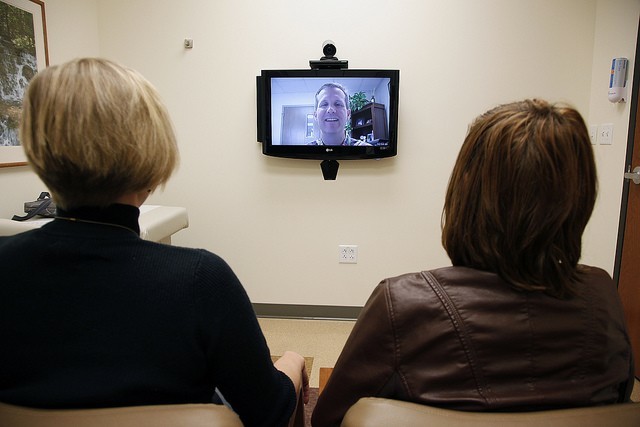
What You Should Know:
– Fifty-nine percent of alternate site providers have expanded their use of telehealth, according to recent findings from Premier Inc.
– Alternate site providers – which include nursing homes and long-term care facilities account for 40 percent of COVID-19 deaths.
– Premier’s survey was conducted from May 20-June 10, 2020, and sent to a representative portion of non-acute care providers in the Premier membership.
Premier Inc., a healthcare improvement company, today released survey results finding that the majority of alternate site providers, including senior living facilities, physician/medical offices, pharmacies, and surgical centers, report a more than 50 percent increase in telehealth adoption and personal protective equipment (PPE) needs since the COVID-19 outbreak.
Survey Methodology
Premier’s survey was conducted from May 20-June 10, 2020, and sent to a representative portion of non-acute care providers in the Premier membership. There were 221 respondents across all alternate site class of trades, including senior living, physician/medical office, home infusion provider, long-term care, pharmacy and surgical center, among others. Respondents represent approximately 2,650 facility locations and 95,000 skilled nursing facility and assisted living facility beds.
Challenges Securing PPE
Securing PPE is still a challenge for alternate site providers. The majority of respondents are still unable to obtain PPE or disinfecting and sanitizing products, which continue to be in high demand. Most (83 percent) reported not having their PPE needs met by their traditional medical-surgical distributors, with a significant percentage looking to online retailers and other channels for the product.
Struggle to Meet PPE Needs
Alternate site providers – which include nursing homes and long-term care facilities that account for 40 percent of COVID-19 deaths – have struggled to secure PPE and other critical products due to allocation, a process that restricts ordering when demand for particular product spikes. Allocations are typically set to match the customer’s historic purchase volume and are meant to protect the supply chain and prevent unnecessary hoarding. A downside of allocation is that it may limit the amounts healthcare providers can buy, even if they have legitimate reasons for larger orders. Alternate site providers do not typically have a purchasing history for PPE and have a difficult time securing product on allocation.
Social Distancing Protocols
The survey also found that while almost all alternate site providers have implemented social distancing protocols, almost 60 percent report that they are planning to, or already have, reconfigured their physical space to further encourage social distancing.
The most common social distancing protocols that have been implemented among these providers are:
– Reduced patient appointments or resident capacity
– Increase use of telehealth or virtual appointments
– Furniture reconfiguration or removal
– Installation of physical barriers or dividers
“These survey results show that care delivery has changed profoundly since the outbreak of COVID-19,” Sganga added. “We are starting to see changes in how spaces are designed, along with an increased need for supplies that protect, clean and sanitize. As patient preferences for care delivery in an office or institutional setting decline, we’re noticing an increase in telehealth offerings and adoption. The way we were accustomed to receiving care in settings like doctors’ offices and skilled nursing facilities will largely be a thing of the past.”
